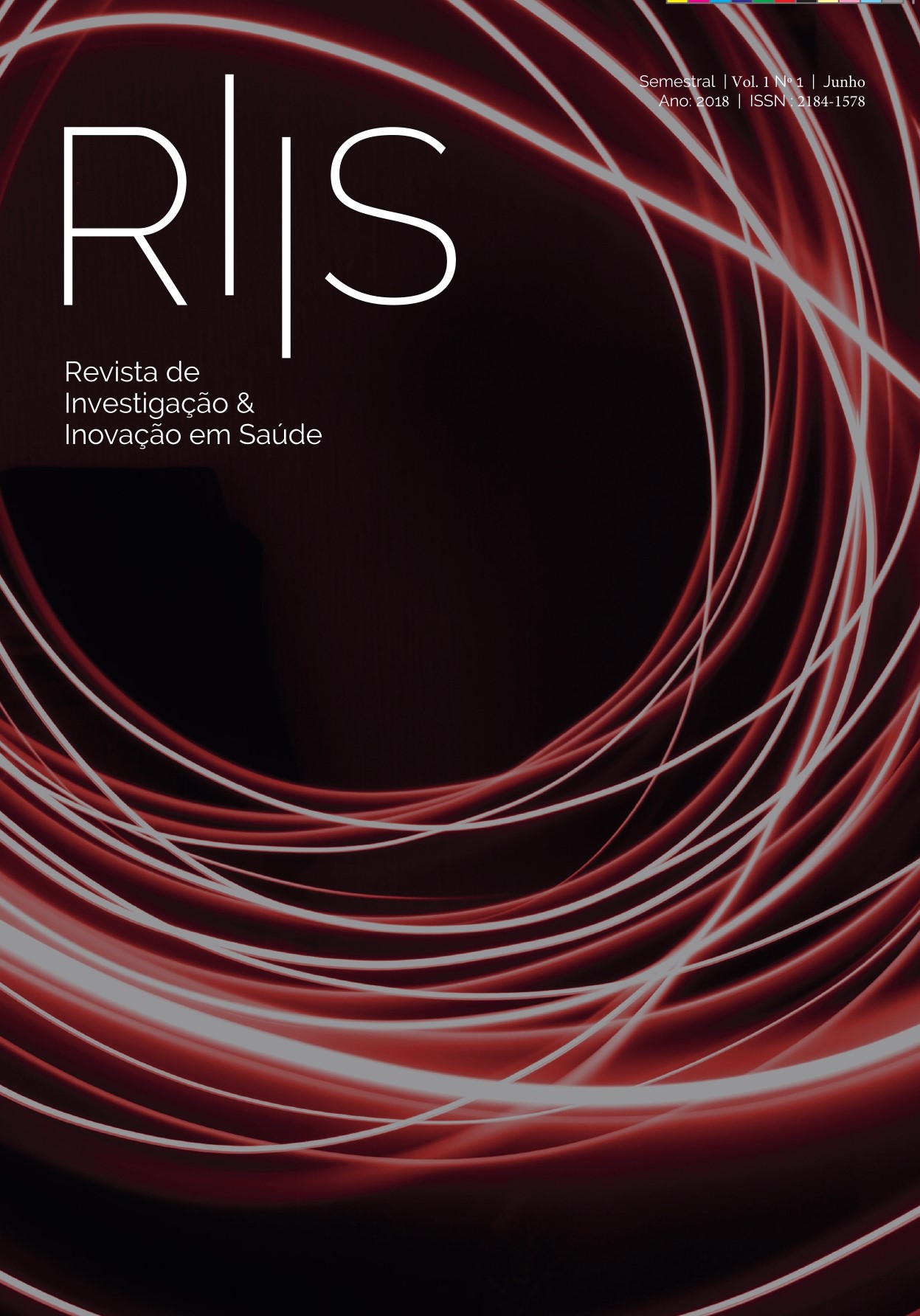Abstract
Background: the transmission of bad news is an unavoidable reality in nursing practice. Establishing an effective communication process implies readiness, listening, and understanding. Objective: to know the perspectives of the people who receive bad news and understand the impact that this news represents in their lives. Methodology: the method used in this review article was PICO. Three databases were searched, selecting a total of seven studies published between 2011 and 2016. Results: an integrative review was developed with reference to three databases {Academic Search Complete, Medline with full text and CINAHL Plus with full text), selecting a total of seven studies published between 2011 and 2016. Conclusion: it's transversal the importance that clear and effective communication has in transmitting bad news to patients and their families and the impact it may have in the course of the disease.
References
Abazari, P. (2016). Exploring perceptions and preferences of patients, families, physicians, and nurses regarding cancer disclosure: a descriptive qualitative study. Retirado de https://www.ncbi.nlm.nih.gov/pubmed/27296237
Antunes, N. L. (2008). Sinto Muito. Lisboa: Verso da Kapa.
Barbosa, A., & Neto, 1. (2006). Manual de Cuidados Paliativas. Lisboa: Núcleo de Cuidados Paliativos do Centro de Bicética da Faculdade de Medicina.
Corey, V., & Gwyn, P. (2016). Experiences of Nurse in Communicating Bad News to Cancer Patients. Journal of the Advanced Practitioner in Oncology, 7(5), 485-494. Retirado de https://www.advancedpractitioner.com/issues/vol u me-7,n um ber -5-(j u la ug-2016 )/ experiences-of-n u rse-
pra ctition ers-i n-co mm u n icati ng-ba d n ews-to-ca ncerpatients.aspx
Dias, M. (2005). A esmeralda perdida: a informação prestada ao doente oncológico. Lisboa: Climepsi Editores.
Ewing, G., Ngwenya, N., Benson, J., Gilligan, D., Bailey, S., Seymour, J., & Farquhar, M. (2015) . Sharing news of a lung cancer diagnosis with adult family members and friends: a qualitative study to inform a supportive ntervention. Patiente Education & Counseling,99(3), 378-385
Gineste, V., & Pellissier, J. (2007). Humanitude Cuidar e Compreender a Velhice. Lisboa: Instituto Piaget.
Gonçalves, A. (2013). Comunicação de más notícias a pessoas com doença Oncológica: a necessidade de implementar a (bio)ética na Relação - um estudo exploratório. (Tese de Mestrado). Lisboa: Universidade de Lisboa: Faculdade de Medicina.
Guarda, H. et ai. (2006). Apoio à família. Manual de Cuidados Paliativas. Lisboa: Faculdade de Medicina de Lisboa, Centro de Bioética, Núcleo de Cuidados Paliativos.
ICN (2015). Classificação internacional para a prática de enfermagem. Retirado de https://www.flipsnack.com/ordemenfermeiros/catalogociper-2015.html
Leal, F. (2003). Transmissão de más notícias. Revista Clínica Geral, 18(1), 40-43
Ko, E., Nelson-Becker, H., Shin, M. & Park, V. (2014). Preferences and Expectations for Delivering Bad News Among Korean Older Adults. Journal of Social Service Research, 40(2), 462-414
Maher, K., & Vries, K. (2010). An exploration of the lived experiences of individuais with relapsed Multiple Myeloma. European Journal of Cancer Core, 20, 267-275. https://doi.org/10.llll/j.1365-2354.2010.01234.x
Meleis, et ai. (2000). Experiencing transicions: an emerging middle-range theory. Advance in Nursing Science, 23(81), 12-28. Retirado de https://www.researchgate.net/publication/12352146_Exp eriencing_Transitions_An_Emerging_Middle-
Range_ Theory
Morris, D., Johnson, K., Ammarell, N., Arnold, R., Tulsky, J., & Steinhauser K., (2012). What is Your Understanding of Your lllness? A Communication Tool to Explore Patients' Perspectives of Living with Advanced lllness. Journal of General Internai Medicine, 27(11) 1460-1466
Pereira, M. (2008). Comunicação de más notícias e gestão do luto. Coimbra: Formasau.
Querido, A. et ai. (2006). Comunicação. Manual de Cuidados Paliativas. Faculdade de Medicina de Lisboa, Centro de Bioética, Núcleo de Cuidados Paliativas: Lisboa.
Rebelo, J. (2009). Amor, Luto e Solidão. Alfragide: Casa das Letras.
Rego, A. (2009). Um ramo de amendoeira. Águeda: Paulinas.
Ribeiro, G. et ai. (2005). O paciente crítico em uma unidade de terapia intensiva: uma revisão da literatura. REME. Revista Mineira de Enfermagem, 9(4), 371-377. Retirado de http://www.reme.org.br/artigo/detalhes/487
Schaepe, K.S., (2011).Bad news and first impressions: patient and family caregiver accounts of learning the cancer diagnosis. Soe Sei Med, 73(6),912-21. doi: 10.1016/j.socsci med. 2011.06. 038.
Sousa, J. (2009). A Vida é um Minuto o poder e a imagem. Alfragide: Oficina do livro.
Kirshblum, S., Botticello A., DeSipio, G., Fichtenbaum, J., Shah, A., & Scelza, W.(2016). Breaking the news: A pilot study on patient perspectives of discussing prognosis after traumatic spinal cord injury. The Journal of Spinal Cord Medicine, 39(2), 155-161 DOI: 10.1179/2045772315Y.0000000013
Warnock, C. et ai. (2010). Breaking bad news in in patient clinical settings: role of the nurse. Journal of Adavanced Nursing. Reino Unido, 66(7), 1543-55.

This work is licensed under a Creative Commons Attribution 4.0 International License.
Copyright (c) 2018 Journal of Health Research & Innovation
